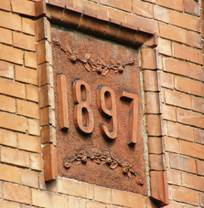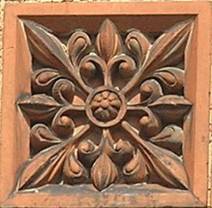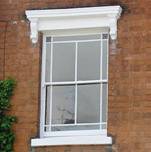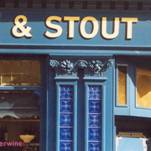|
The area defined in this document was determined by the working group following detailed discussions based on the following criteria:
On this basis it was decided to divide the Earlsdon Area of Local Distinctiveness into five zones. Each zone represents a stage in the growth of Earlsdon and contains good, typical examples of architecture from the mid-Victorian period to the end of the Edwardian period. The five zones are contained within an area bounded by Beechwood Avenue to the south and west, the Coventry/Birmingham railway line to the north and the Kenilworth Road Conservation Area to the east. In a few instances other examples of distinctive buildings have been included which are outside of these boundaries. The working party agreed that the starting point should be the original eight streets laid out by the Coventry Freehold Land Society, i.e. Earlsdon Street, Moor Street, Warwick Street, Clarendon Street, Arden Street, Providence Street, Berkeley Road South and a short stretch of Earlsdon Avenue South. These streets were developed from 1852 and form Zone One.
|




